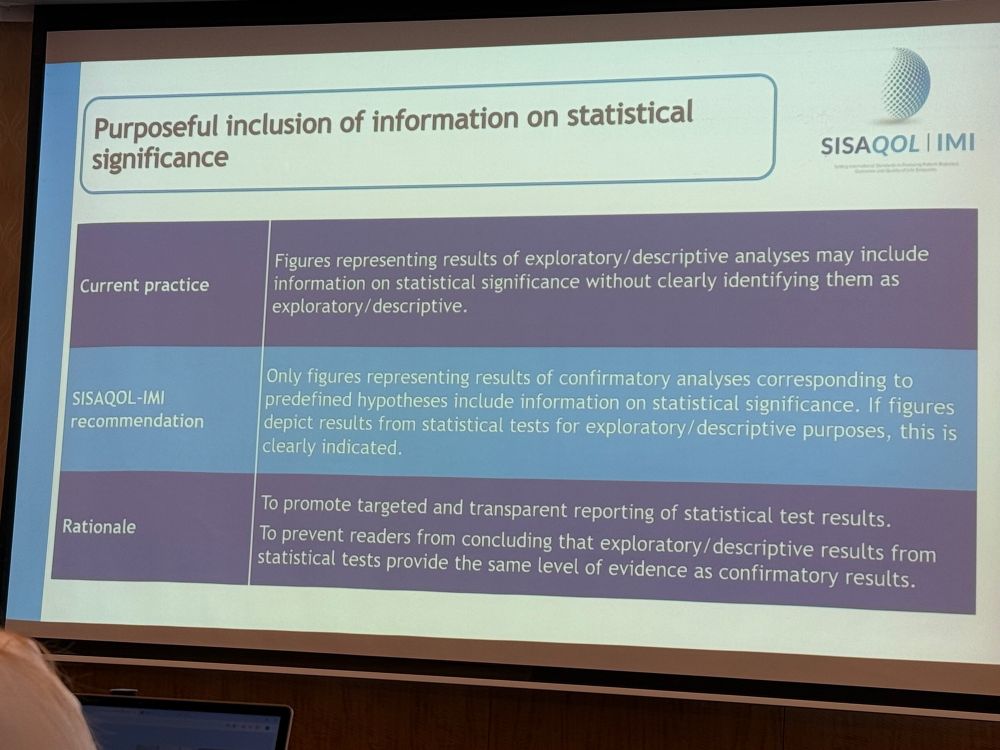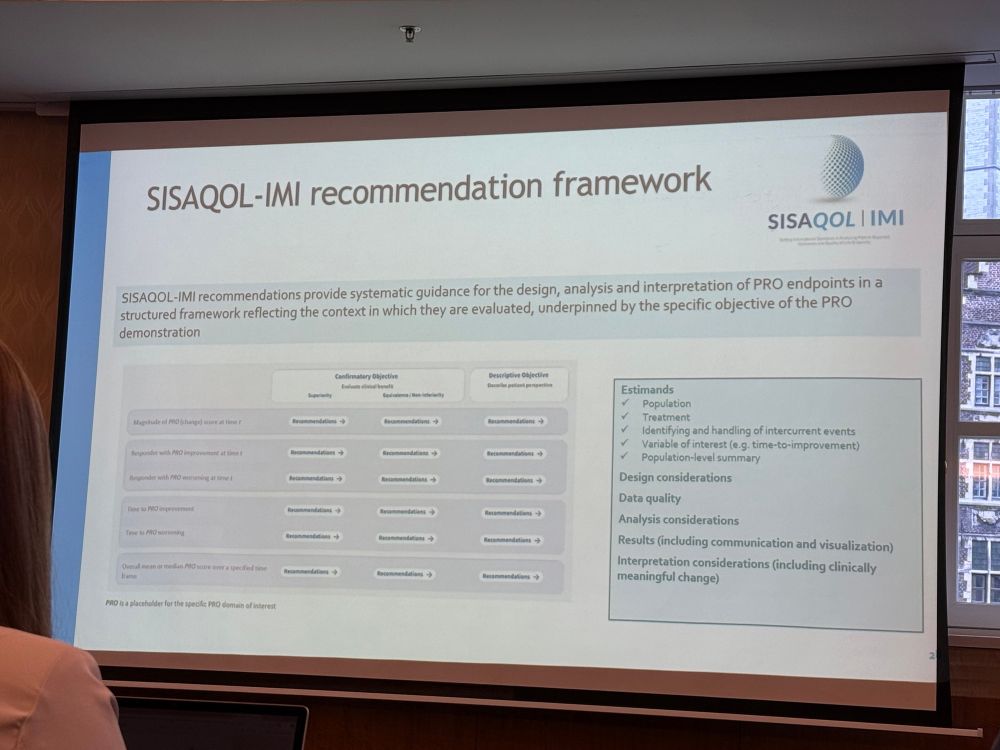
TOPCAT imaging sub-study (N=211) shows no association between diastolic echo changes & KCCQ health status in HFpEF.
🧠 Patient-reported outcomes may better reflect treatment response
🔗 https://bit.ly/3JVsz1d
#HFpEF #Echo #PatientReportedOutcomes #CardioBlueSky #JCFIntersections

TOPCAT imaging sub-study (N=211) shows no association between diastolic echo changes & KCCQ health status in HFpEF.
🧠 Patient-reported outcomes may better reflect treatment response
🔗 https://bit.ly/3JVsz1d
#HFpEF #Echo #PatientReportedOutcomes #CardioBlueSky #JCFIntersections

Read more in the #ESMODailyReporter
🔗 dailyreporter.esmo.org/esmo-targete...

Read more in the #ESMODailyReporter
🔗 dailyreporter.esmo.org/esmo-targete...
pubmed.ncbi.nlm.nih.gov/8892486/

pubmed.ncbi.nlm.nih.gov/8892486/


#BreastReconstruction #PostMastectomy
#PatientReportedOutcomes #BreastCancerRecovery
#ReconstructiveSurgery #PlasticSurgeryOutcomes

#BreastReconstruction #PostMastectomy
#PatientReportedOutcomes #BreastCancerRecovery
#ReconstructiveSurgery #PlasticSurgeryOutcomes
#BMJ #BMJOncology
#Onco404 #Cancer #Kanser #Oncology #ClinicalTrials #FDA #QoL #HRQoL #MedSky #OncSky #PatientReportedOutcomes



#BMJ #BMJOncology
#Onco404 #Cancer #Kanser #Oncology #ClinicalTrials #FDA #QoL #HRQoL #MedSky #OncSky #PatientReportedOutcomes
#BMTCTN1703 #PatientReportedOutcomes #QualityOfLife #TransplantResearch

#BMTCTN1703 #PatientReportedOutcomes #QualityOfLife #TransplantResearch
Join us as we break down key terms to empower ourselves with knowledge in the fight against cancer.
#Onco404 #Cancer #Kanser #MedSky #OncSky #PatientCenteredCare #CancerCare #QualityOfLife #QoL #PatientReportedOutcomes #PROs #Vocabulary


Join us as we break down key terms to empower ourselves with knowledge in the fight against cancer.
#Onco404 #Cancer #Kanser #MedSky #OncSky #PatientCenteredCare #CancerCare #QualityOfLife #QoL #PatientReportedOutcomes #PROs #Vocabulary



#SelfManagement #SharedDecisionMaking #PatientReportedOutcomes #PersonalisedCare
💻 📘 Check the link in bio!

#SelfManagement #SharedDecisionMaking #PatientReportedOutcomes #PersonalisedCare
💻 📘 Check the link in bio!

@ucdavishealth.bsky.social #PatientAdvocacy #patientreportedoutcomes @aatshq.bsky.social
@ucdavishealth.bsky.social #PatientAdvocacy #patientreportedoutcomes @aatshq.bsky.social
#PRO #PatientReportedOutcomes #Rehabilitation #Versorgungsforschung




#PRO #PatientReportedOutcomes #Rehabilitation #Versorgungsforschung













